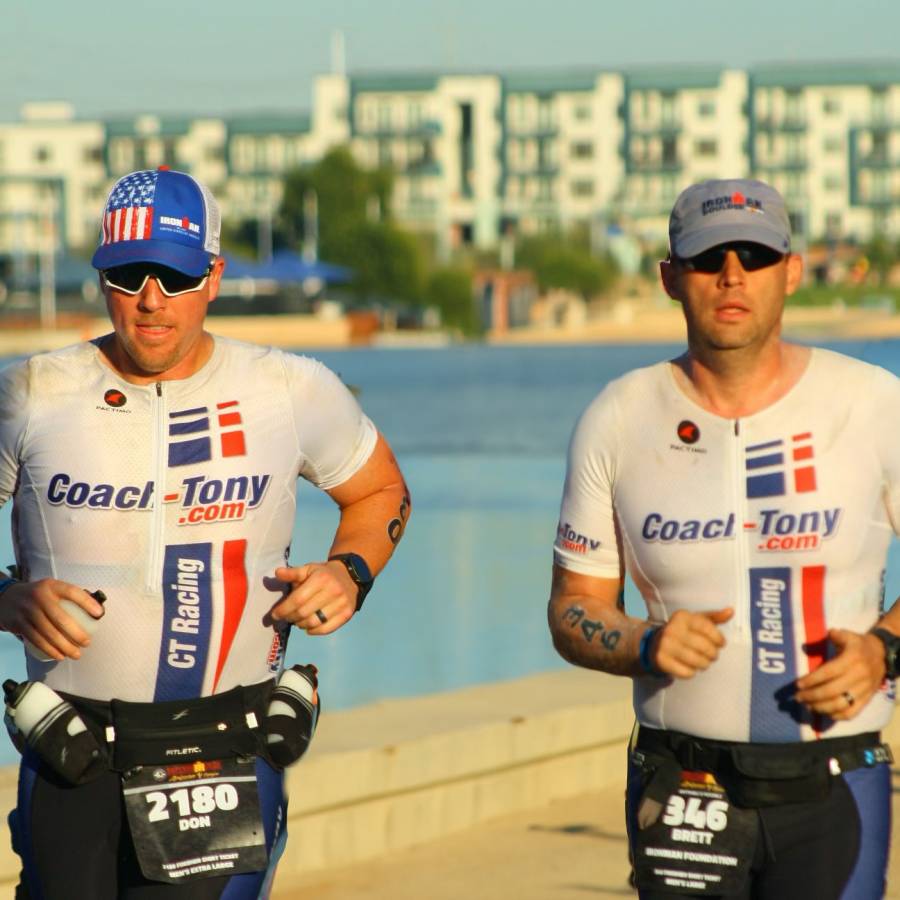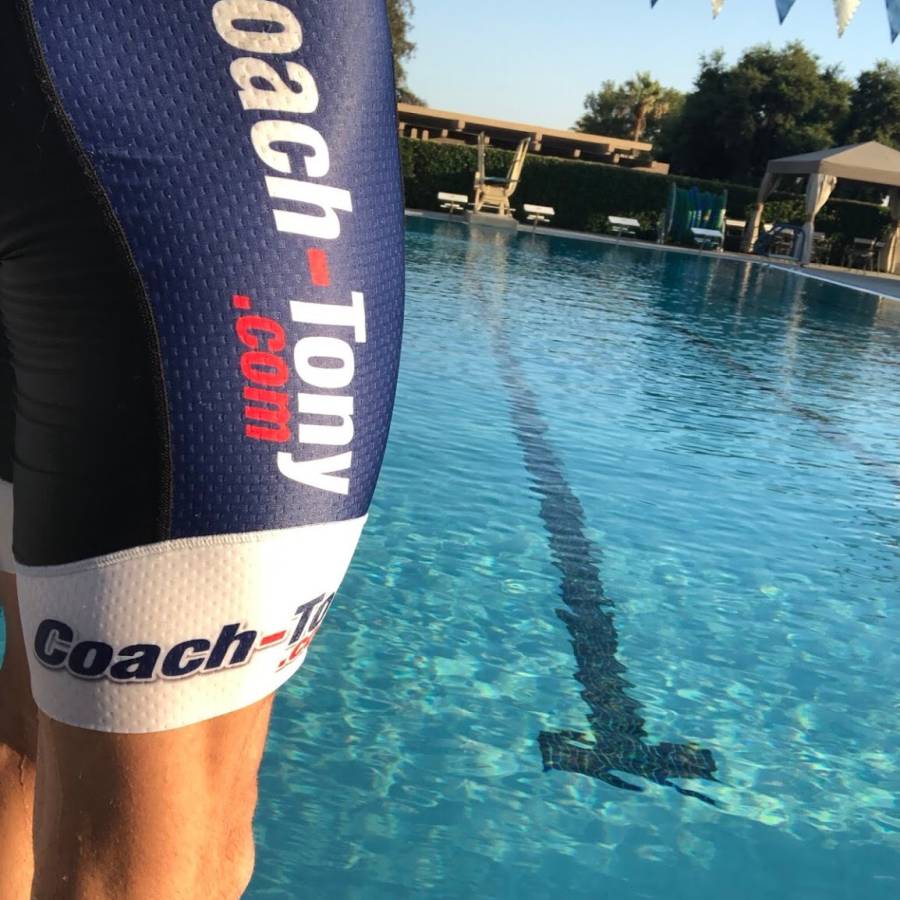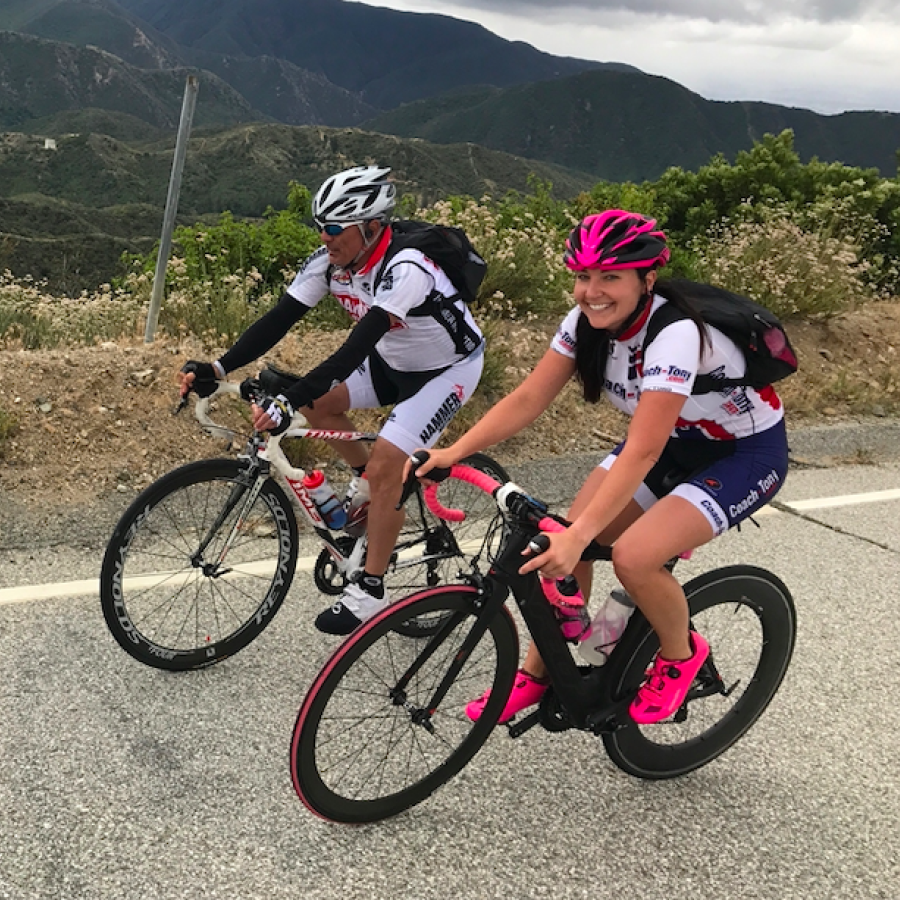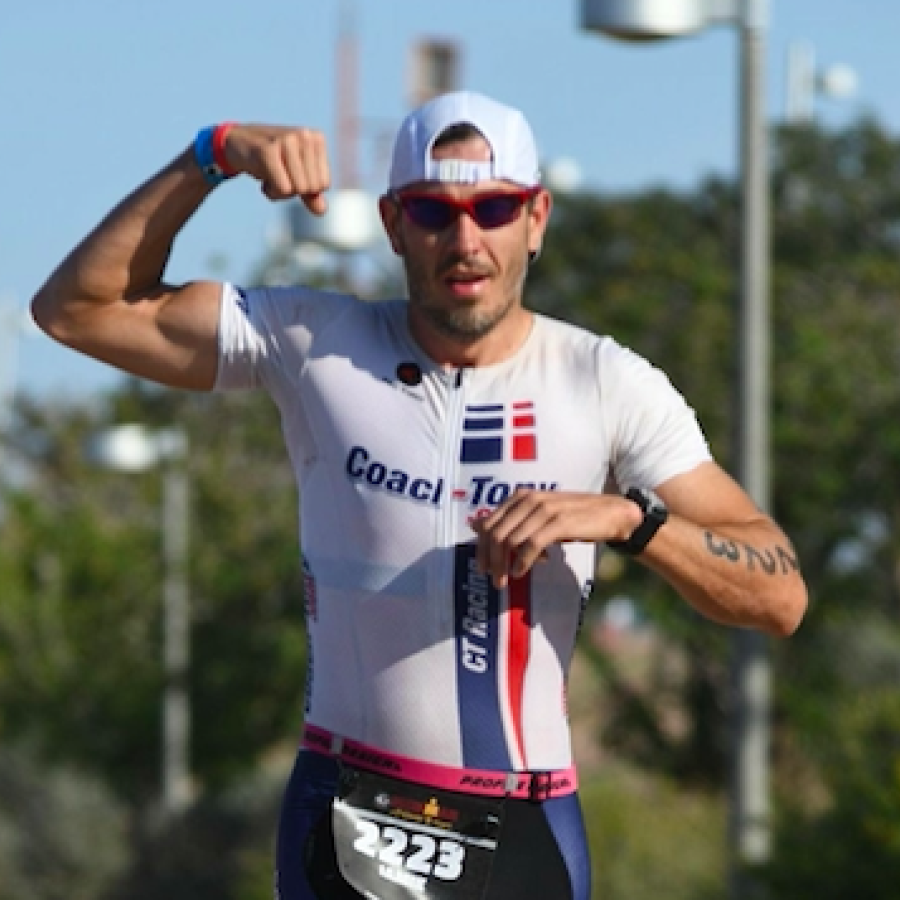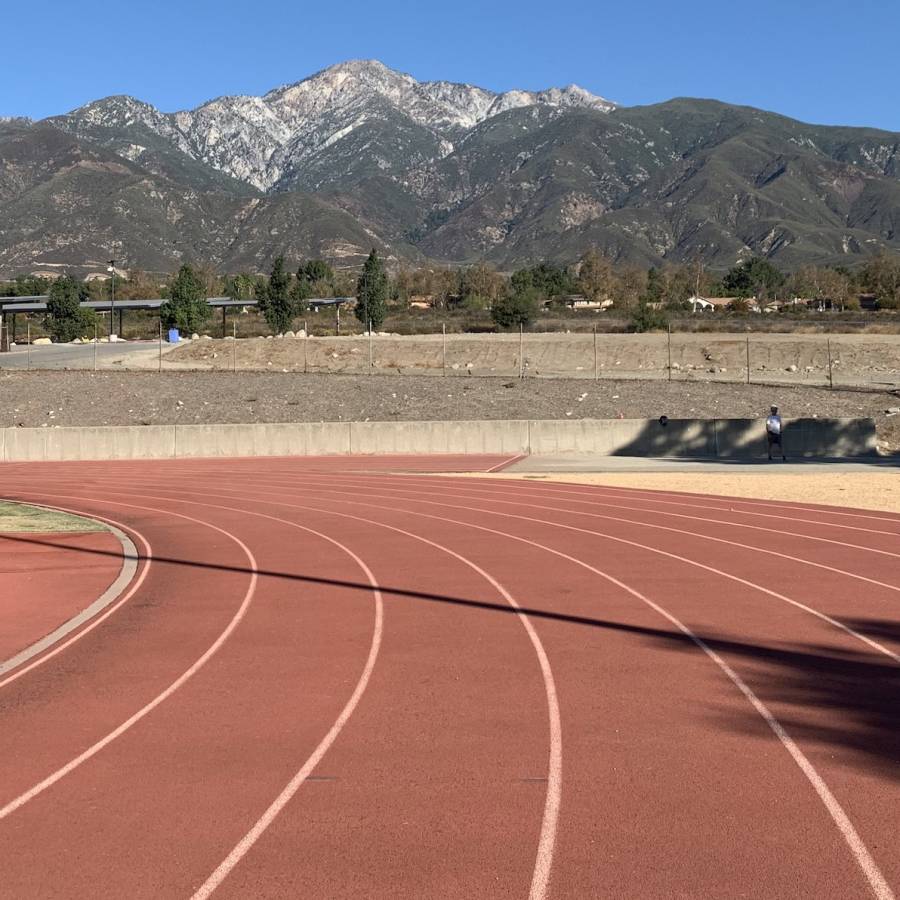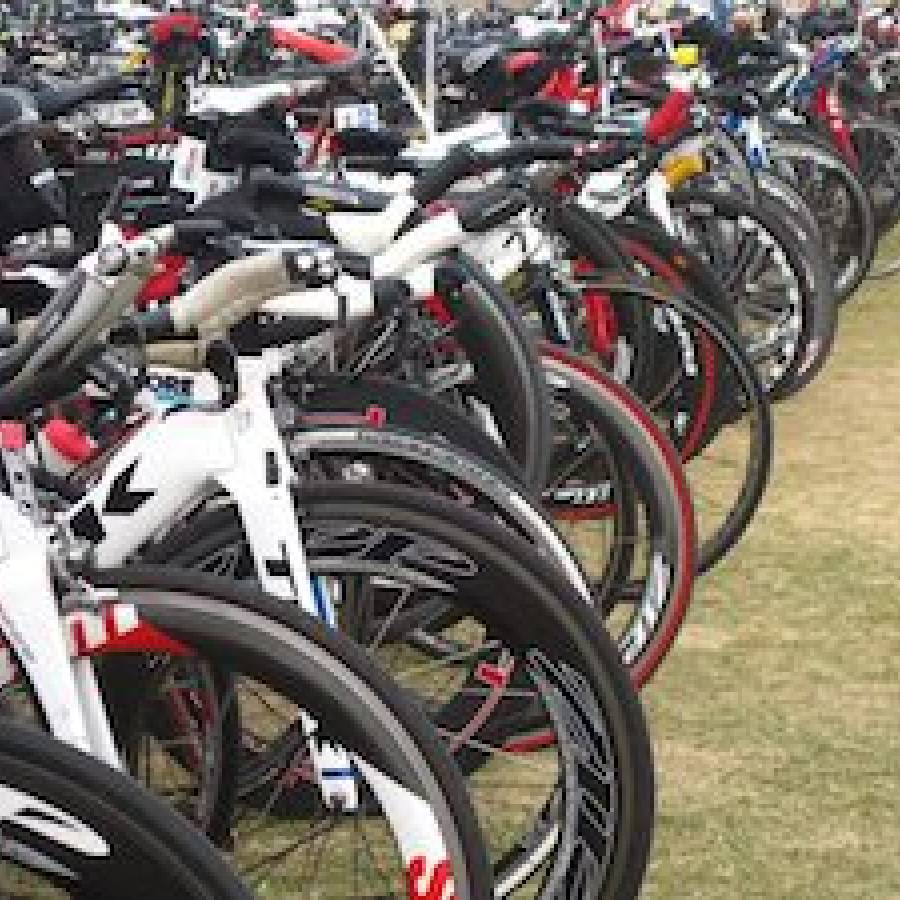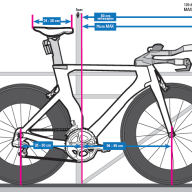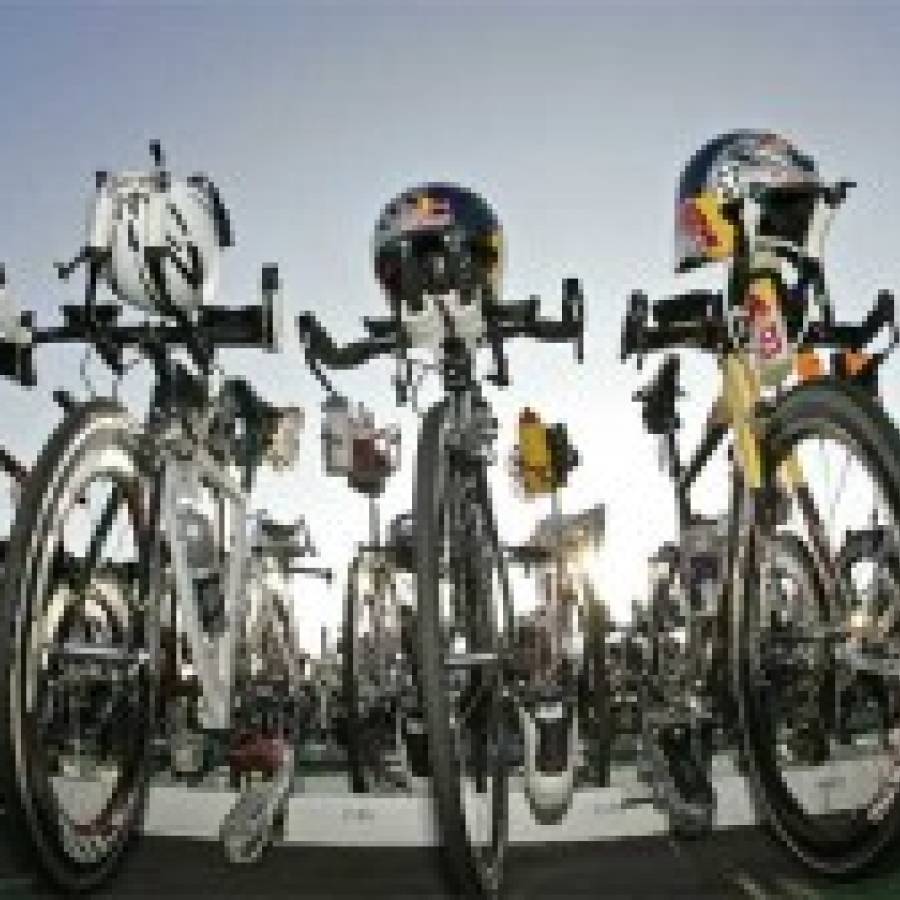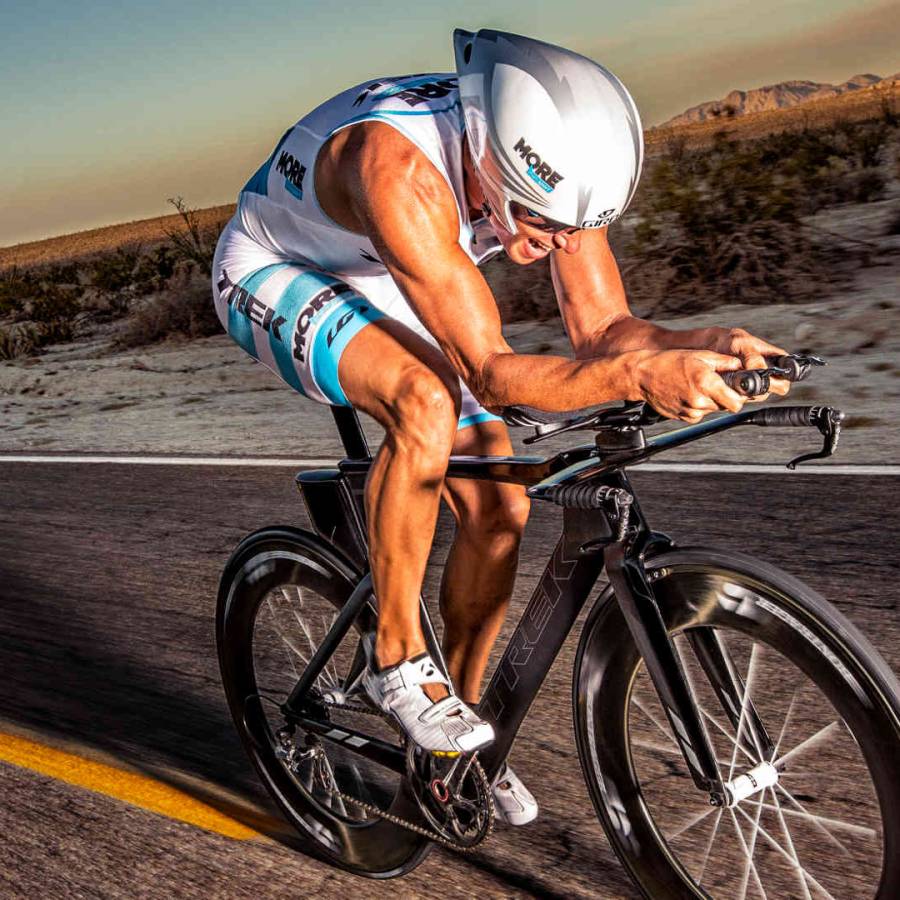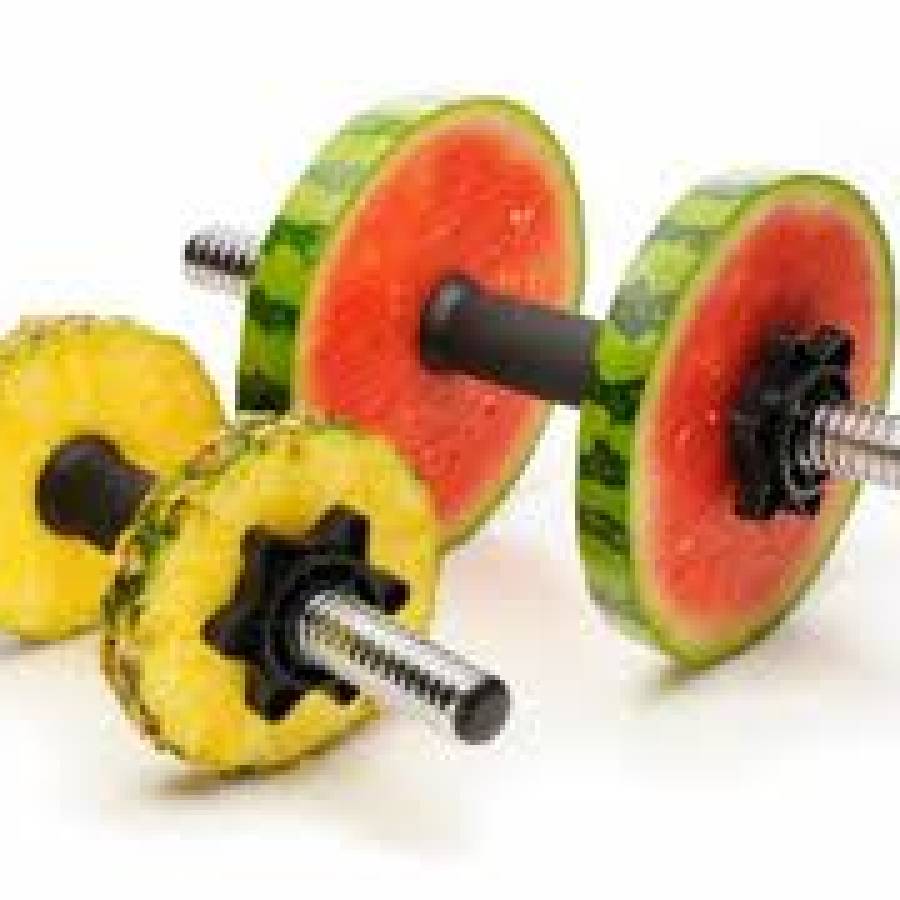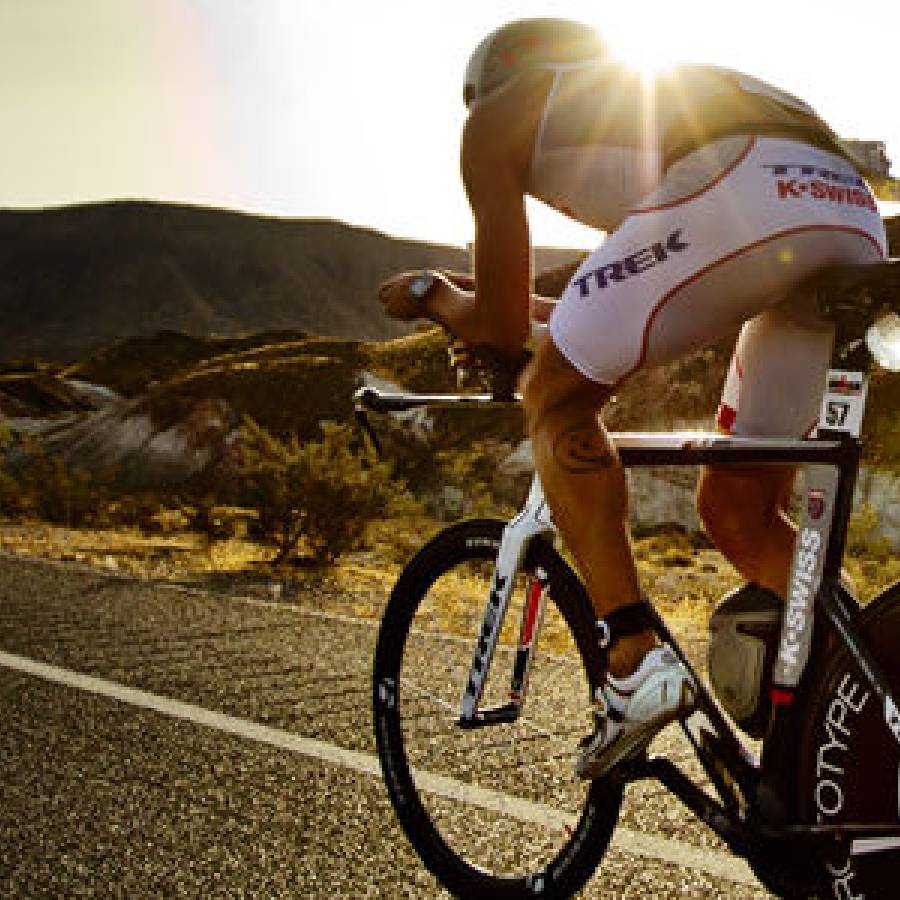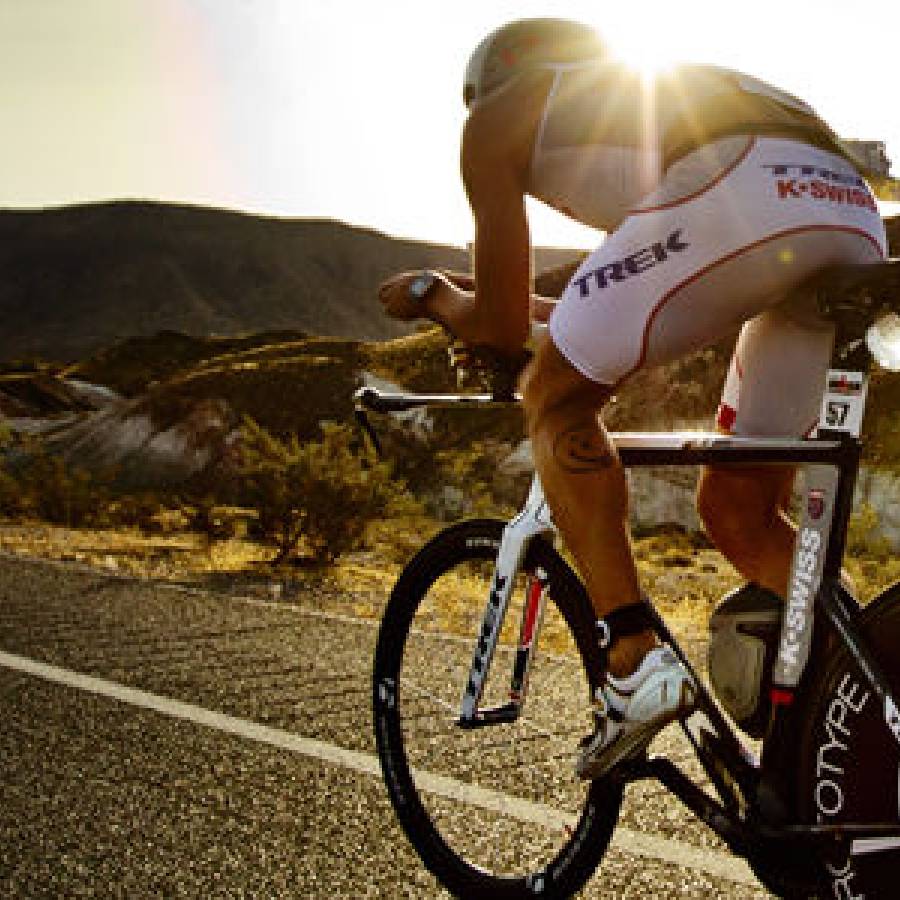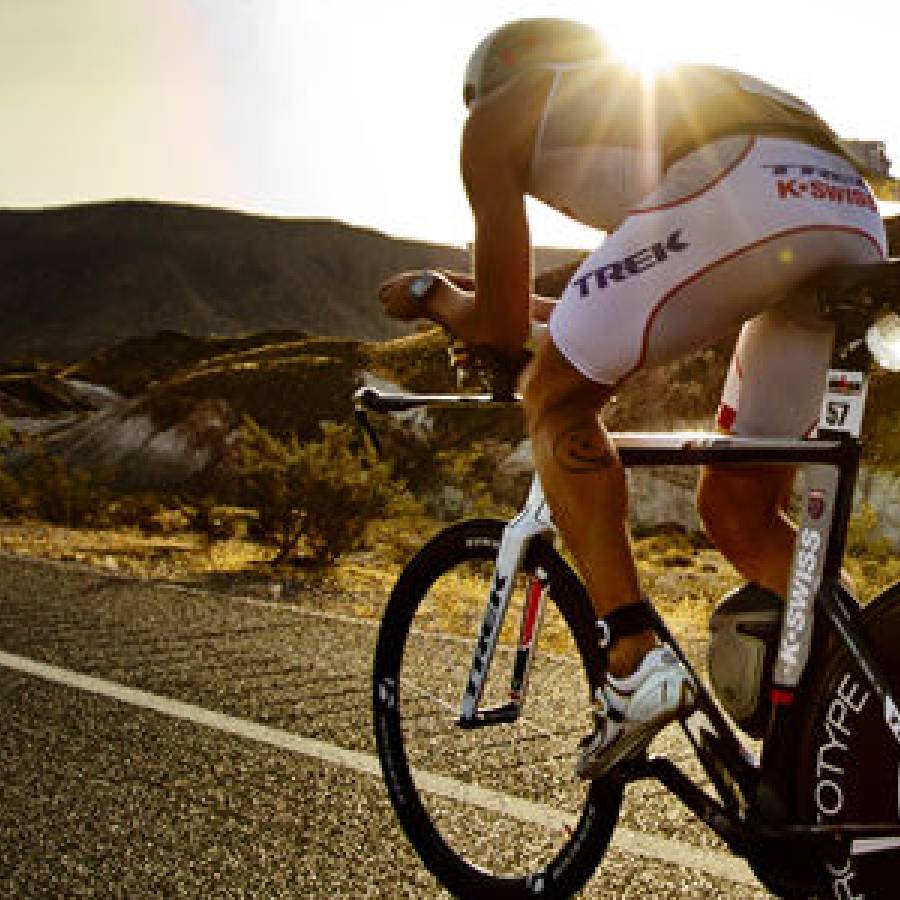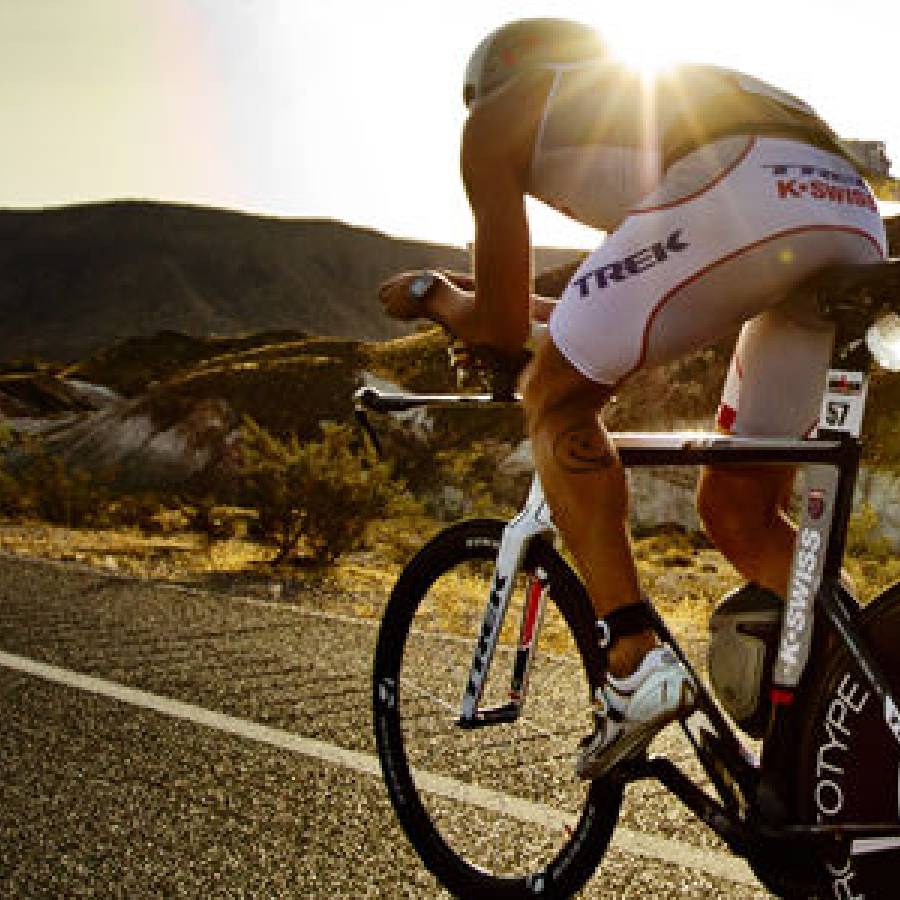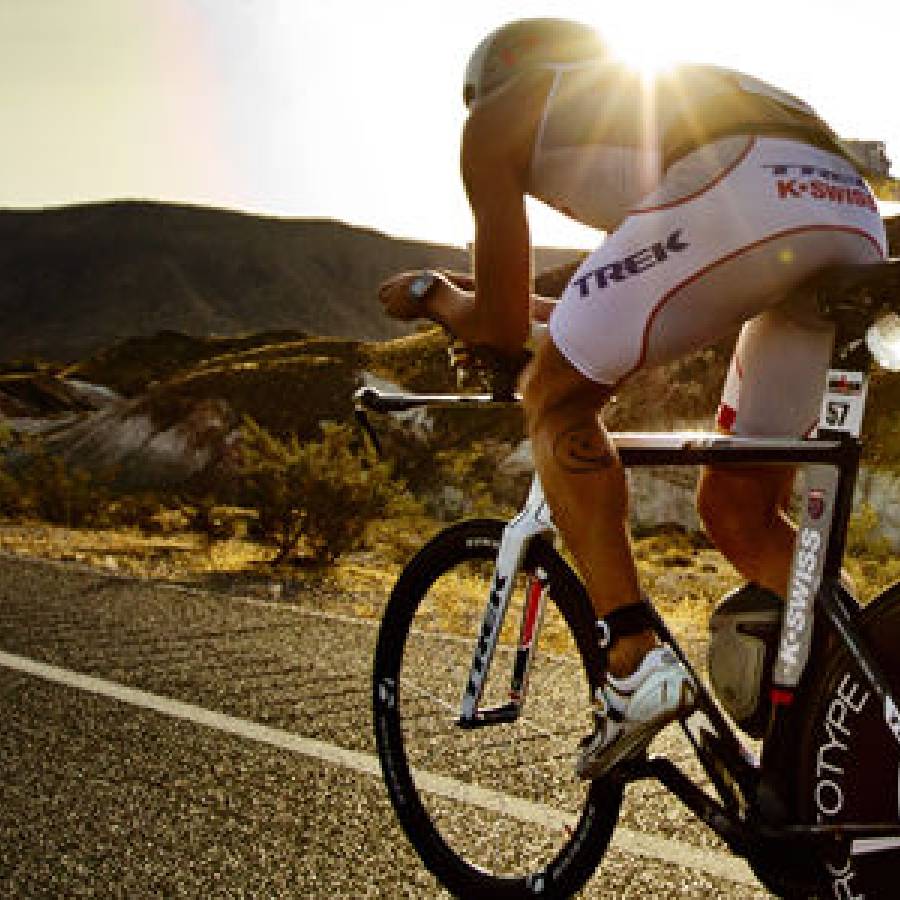
Downhill courses seem to be popular for runners looking to PR. They are often designed to appeal to people seeking to qualify for the Boston Marathon. Under Boston’s rules, a gravity advantage is not considered cheating; a controversial subject with some runners. Some courses, notably the St. George (Utah) Marathon and the Tucson Marathon, drop more than 2,000 feet. At the other extreme are hill-a-thons on which it seems virtually impossible to score a personal best. In both cases, everyone has the same question: How much do these courses help or hinder your time?
Running Uphill More than a 25 years ago, British researcher Mervyn Davies conducted treadmill tests which showed that for each 1 percent of upgrade, elite runners slowed by about 3.3 percent.
Applying the same percentage to runners of all speeds, this translates as follows: 10 seconds per mile for 5-minute milers 15 seconds per mile for 7:30 milers 20 seconds per mile for 10-minute milers
A 2 percent upgrade has twice the effect; 3 percent has three times the effect, and so on. Looking at this from an elevation change perspective, a 1 percent grade climbs 52.8 feet per mile. Each 100 feet of climbing is equivalent to one mile of 2 percent grade — whether it comes in a single steep pitch or spread out over several miles. In other words, each 100 feet of climbing costs the best athletes a little less than 20 seconds. Marginal Boston qualifiers lose about 30 seconds, and 10-minute milers lose about 40 seconds.
Running Downhill Davies also tested downgrades and found that descents don’t give back as much as ascents take away. In other words, that rate at which you make up time going down hill is less than the rate of time you loose going uphill. The average difference is about 45%. This means that running downhill allows you to make up only about 55% of the time you lost going uphill.
There are variables like how well you run uphill including appropriate conditioning. How well you run downhill including (a) proper foot strike (eliminating braking); (b) leg turnover (or not being afraid of going fast); and (c) body positioning (leaning forward so that gravity pulls your torso downhill).
Example Calculation A popular Portland course is the Shamrock Run, a 15K that climbs a nasty 450-foot hill in its first 5K, bounces around a bit, then descends. Its about 550 feet of total climbing, with an equal amount of descent. People think it’s a horribly slow course, but generally that’s because they go out too fast on the hill and die on the descent. (Sound familure?)
The math assumes that you pace it correctly. If you’re a 5 minute miler, the climbing should cost you 5.5 x 20 seconds, or about 1:50 (550 x 20% x 2% Grade). The descent will give you back 55 percent of that, or about 1 minute. If you’re a 7:30 miler, the uphill costs 2:45 and the descent gives back 1:30. For 10-minute milers, it’s 3:40 and 2:00. The course will cost you between 50 seconds and 1:40, depending on pace. These calculations can help do a reality check on your hill tactics.
Not everyone fares the same with these calculations as they do not account for fitness levels, fatigue, experience, nutrition, race day conditions such as weather, etc…. In theory, races with large descents such as Tucson should speed you up by four to eight minutes. For Tucson, the gravity boost is almost 4 minutes for 5-minute milers, 6 minutes for 7:30 milers, and 8 minutes for 10-minute milers. At St. George, it’s roughly comparable because, while that marathon has 400 more feet of downgrade, it also has one significant hill.
Two other factors make it unlikely that most runners will see such large gains. One is simply that downhill courses can be rough on the quads. Two, and the bigger problem, is the fact that the only way to design a course with a big drop is by starting high. If you’ve not taken a couple days to acclimate, Tucson’s 4,730 feet is high enough to leave you out of breath. St. George starts even higher, at 5,240 feet.
Interested in how these calculations apply to marathon predictions and projected mile splits, I translated them into excel and came up with the below graph using St George as an example.

